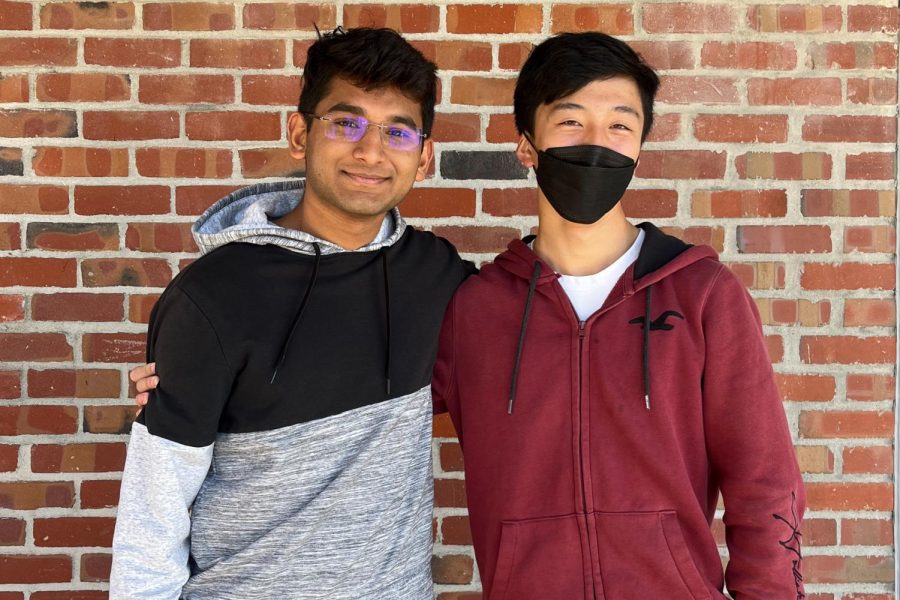Students build custom digital experiences with self-built PCs
Senior William Xu and junior Krish Agarwal build their own PCs.
April 10, 2023
The gaming community has popularized self-building PCs in recent years, and senior William Xu and junior Krish Agarwal are two of many Lynbrook students who have joined the trend as a way to enhance their gaming experiences. Many say that their initial motivation to build their own PC was due to their laptops lacking the optimization to adequately support computing-intensive programs like video games, where the visuals often lag. When selecting parts for their own PC, they can decide how to optimize their computer for personal needs, whether it be homework, gaming, streaming or photo and video editing.
“You get to have a lot of freedom when it comes to selecting parts and how you want to customize your computer,” senior William Xu said. “Those are all things that you might not be able to get with someone else custom building it for you.”
Junior Krish Agarwal was drawn to the idea of PC building in 2020 when he noticed the lag on his original computer while gaming. He built his first PC this year. Xu built his first personal computer, or PC, in middle school, and has since built six more — some for his parents for office tasks, others in collaboration with his friends. While constructing a PC may seem intimidating, many students who have taught themselves to build a PC emphasize that with proper research and patience, anyone can learn the same skills.
“Assembling a PC can be a little complicated, but online resources will help sort things out,” Agarwal said. “It’s not the most straightforward, but anyone would be able to do it.”
To build a PC, students typically begin by setting a budget, which can range from $300 to $4,000, and creating a list of parts to purchase that would be compatible with each other and support the user’s needs. The price range Lynbrook students recommend for a “decent” PC is between $600 and $1,000, as investing in higher-quality parts can result in a computer that maintains higher performance long-term.
The two most important parts of a PC are the central processing unit, which can be considered the “brains” of the computer, and the graphics card or graphics processing unit, which renders any of the computer screen’s visuals. These parts can be purchased affordably from second-hand sellers on Craigslist or eBay, or new from tech retailers like Amazon or Newegg.
“I’ve learned that if you’re getting something expensive, it’s a good idea to invest in something that is good quality and will last a long time,” Agarwal said. “Slightly more expensive components will maintain performance for a long time and be cheaper in the long run.”
After conducting online research and obtaining all the necessary parts, students jump into the assembly step, which can take anywhere between three and 10 hours, as challenges that require troubleshooting and additional research often arise. While piecing together multiple expensive parts may seem intimidating, there are plentiful accessible sources such as Youtube videos or online Reddit forums, which students have relied on to successfully build multiple PCs.
“When you finally complete a computer, it can be a very rewarding process — especially when it’s been difficult to troubleshoot and you’ve been presented with many challenges,” Xu said.
To students with a passion for computer science or making things by hand, constructing their own computer can feel like an upgraded Lego set and help them learn hands-on about computer hardware. Despite being an expensive hobby, learning to build daily tools is an impactful and unique experience..
“For anyone who is on the fence about building their own computer, I would say it’s totally worth it to dive in, because at the end of the day you get a new experience and education,” Xu said. “You’ll have a computer that you can use to do whatever you want and that’s ultimately, truly yours. I think that’s totally worth it.”




























































